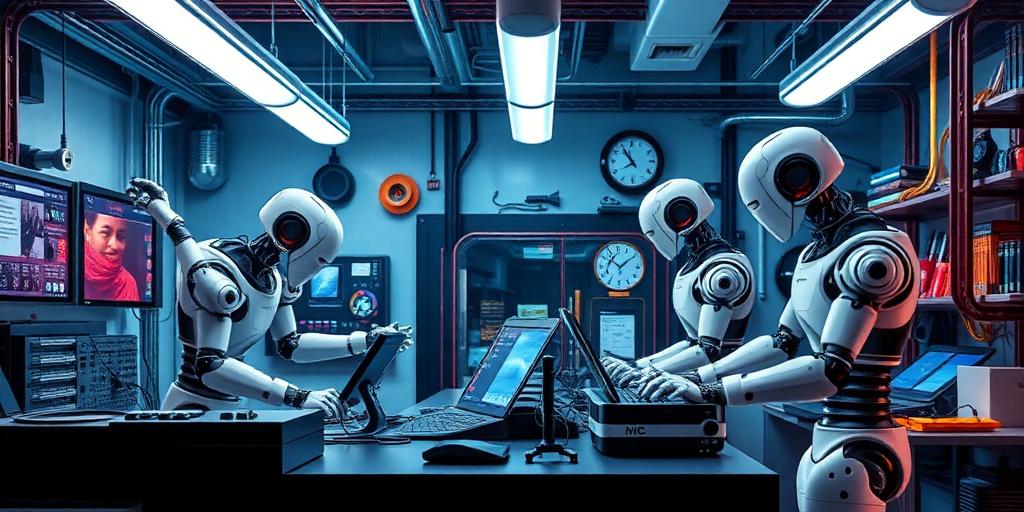The Circular Economy in Tech: Designing for Longevity (2025)
In 2025, the tech industry is undergoing a significant transformation, shifting from a linear “take-make-dispose” model to a circular economy. This evolution emphasizes designing products for longevity, repairability, and recyclability, aiming to minimize waste and maximize resource utilization.
What is the Circular Economy?
The circular economy is an economic system aimed at eliminating waste and the continual use of resources. Unlike the traditional linear economy, which follows a ‘take-make-dispose’ model, a circular economy focuses on:
- Designing out waste and pollution: Reducing negative impacts from economic activities.
- Keeping products and materials in use: Promoting reuse, repair, refurbishment, and recycling.
- Regenerating natural systems: Enhancing, instead of degrading, natural resources.
Key Strategies for Longevity in Tech
Several strategies are being adopted by tech companies to align with circular economy principles:
- Design for Durability:
- Creating more robust products that withstand wear and tear.
- Using high-quality materials that extend product lifespan.
- Design for Repairability:
- Making products easier to disassemble and repair.
- Providing accessible repair manuals and spare parts.
- Encouraging third-party repair services.
- Design for Upgradability:
- Allowing components to be easily upgraded without replacing the entire product.
- Modular designs that support future enhancements.
- Design for Recyclability:
- Using materials that are easy to recycle and separate.
- Reducing the use of hazardous substances.
- Developing efficient recycling processes.
- Product as a Service (PaaS):
- Offering products as a service rather than selling them outright.
- Maintaining ownership and responsibility for the product’s lifecycle.
- Incentivizing manufacturers to design for longevity and repairability.
Benefits of Embracing Circularity
Adopting circular economy principles offers numerous benefits:
- Environmental:
- Reduced waste and pollution.
- Lower carbon footprint.
- Conservation of natural resources.
- Economic:
- Cost savings through reduced material consumption.
- New business opportunities in repair, refurbishment, and recycling.
- Increased competitiveness through innovation.
- Social:
- Job creation in the circular economy sector.
- Empowerment of consumers through access to repairable and durable products.
Challenges and Opportunities
Despite the benefits, transitioning to a circular economy presents challenges:
- Technological:
- Developing innovative materials and designs.
- Improving recycling technologies.
- Economic:
- Overcoming the initial costs of redesign and infrastructure investment.
- Creating viable business models for circularity.
- Regulatory:
- Establishing clear standards and incentives for circular practices.
- Enforcing regulations against planned obsolescence.
- Cultural:
- Changing consumer attitudes towards product ownership and disposal.
- Promoting a culture of repair and reuse.
The opportunities, however, are immense. As technology advances, new materials and processes will emerge, making circularity more feasible and economically attractive. Collaboration between governments, industries, and consumers will be crucial in overcoming these challenges and realizing the full potential of the circular economy.
Conclusion
The circular economy represents a paradigm shift in the tech industry. By designing for longevity, repairability, and recyclability, companies can minimize waste, conserve resources, and create a more sustainable future. While challenges remain, the benefits of embracing circularity are undeniable, paving the way for a more resilient and environmentally responsible tech sector in 2025 and beyond.
